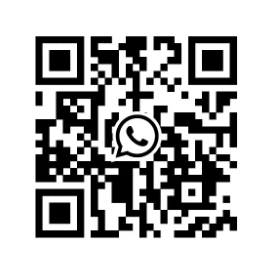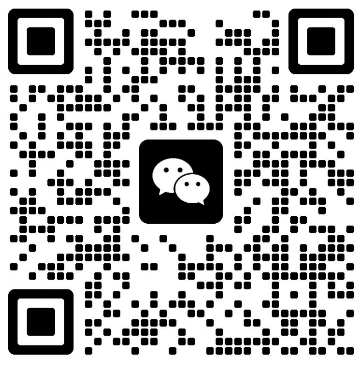The technical parameters of the ABB REM610C51HCNN Motor Protection Relay can be introduced in English as follows, though specific detailed parameters might need to be verified with ABB’s official documentation:

ABB REM610C51HCNN Motor Protection Relay Technical Parameters (Overview)
- Protection Functions:
- The relay offers comprehensive motor protection, including thermal overload protection, start-up supervision, rotor lock detection, phase-to-phase overcurrent protection, undercurrent protection, negative sequence protection, ground fault protection, and breaker failure protection.
- Communication Interfaces:
- It typically features two independent communication ports, which could be RS-485 or fiber optic interfaces, supporting protocols such as Modbus RTU/ASCII, IEC 60870-5-103, and SPA protocol.
- Measurement and Monitoring:
- The relay includes a fault recording module with four analog input channels and up to eight user-selectable digital channels, capable of recording fault states in COMTRADE format.
- Self-Supervision:
- It has a self-supervision function that continuously monitors the relay’s operation. If the relay fails to operate normally, it will issue an alarm signal and lock all protection functions and output contacts before the failure occurs.
- Human-Machine Interface (HMI):
- The HMI includes a 2×16 character LCD display, a directional navigation keyboard, and eight freely definable LED indicators. It supports multiple languages and password protection for user access.
- Configuration and Settings:
- Users can modify all settings via a PC using the free CAP 501 software available in a Windows environment. The software allows comprehensive access to all relay information and facilitates quick setting of protection values.
- Input/Output Contacts:
- It typically includes three normally open power output contacts and two changeover signal output contacts, with configurable output contact functions.
- Additional Features:
- The relay may support optional thermal resistance modules, PTC thermistors, and various RTD sensors. It also includes time synchronization via digital inputs, trip circuit monitoring, and a user-selectable rated frequency of 50/60 Hz.


